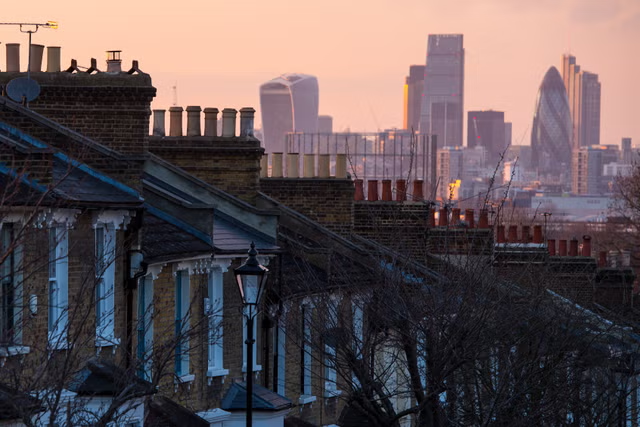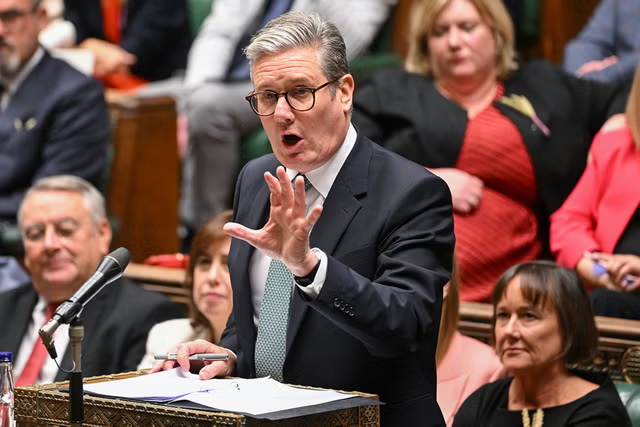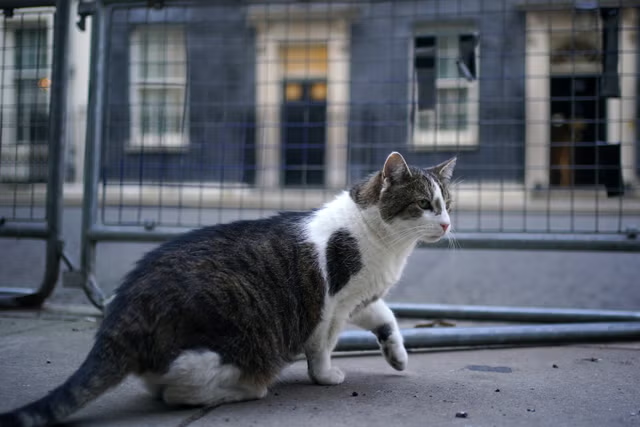Your support helps us to tell the story
Support NowAs your White House correspondent, I ask the tough questions and seek the answers that matter.
Your support enables me to be in the room, pressing for transparency and accountability. Without your contributions, we wouldn't have the resources to challenge those in power.
Your donation makes it possible for us to keep doing this important work, keeping you informed every step of the way to the November election

Andrew Feinberg
White House Correspondent
The UK’s national debt is on an “unsustainable path” and is set to nearly triple in relation to the economy over the next 50 years, the Office for Budget Responsibility has warned.
Public debt is currently at its highest since the early 1960s, sitting at a total of some £2.7 trillion – equating to around 99.7 per cent of gross domestic product (GDP).
But the fiscal watchdog warned on Thursday that the national debt is set to spiral to more than 270 per cent of GDP by the mid-2070s.
In its latest Fiscal Risks and Sustainability report, the OBR warned that an ageing population linked to the falling birth rate, fiscal costs from climate change and rising geopolitical tensions are all expected to put increased pressure on Treasury budgets.
While public spending is at nearly 45 per cent of GDP for the past fiscal year, its highest sustained level for almost 50 years, the OBR said these pressures could push spending to higher than 60 per cent over the next 50 years – despite state revenues being projected to stagnate at around 40 per cent of GDP.
“If these pressures and shocks were to materialise as we project, then governments would need to take mitigating policy action to prevent this debt spiral from occurring,” the OBR said.
It comes amid warnings from the chancellor Rachel Reeves that the public finances already face a £22bn “black hole”, as the country braces for tax increases and spending cuts in the upcoming budget, following her announcement of the winter fuel payment cut for most pensioners.
The latest projection showed that health spending is particularly likely to soar over the coming decades, with projections it will grow from 7.6 per cent of GDP to 14.5 per cent over the next 50 years.

Spending on state pensions is on track to rise from 5.2 per cent to 7.9 per cent of GDP, while net interest spending is estimated to quadruple from 2.8 per cent to 11.3 per cent of GDP as the stock of debt increases.
Chief secretary to the Treasury Darren Jones said: “The OBR has laid bare the shocking state that our public finances were left in by the previous government.
“That’s why this government began work immediately to address the inheritance with tough choices on spending alongside ambitious action to drive growth.”
Additional reporting by PA
Disclaimer: The copyright of this article belongs to the original author. Reposting this article is solely for the purpose of information dissemination and does not constitute any investment advice. If there is any infringement, please contact us immediately. We will make corrections or deletions as necessary. Thank you.



